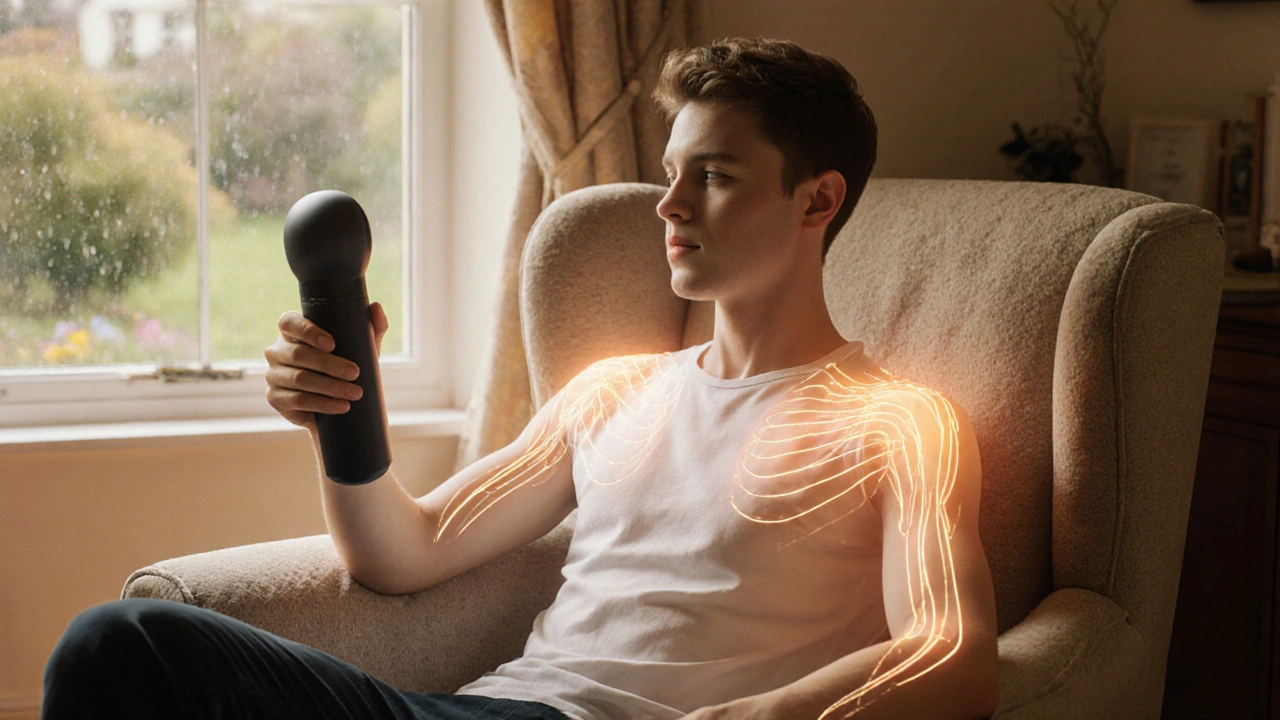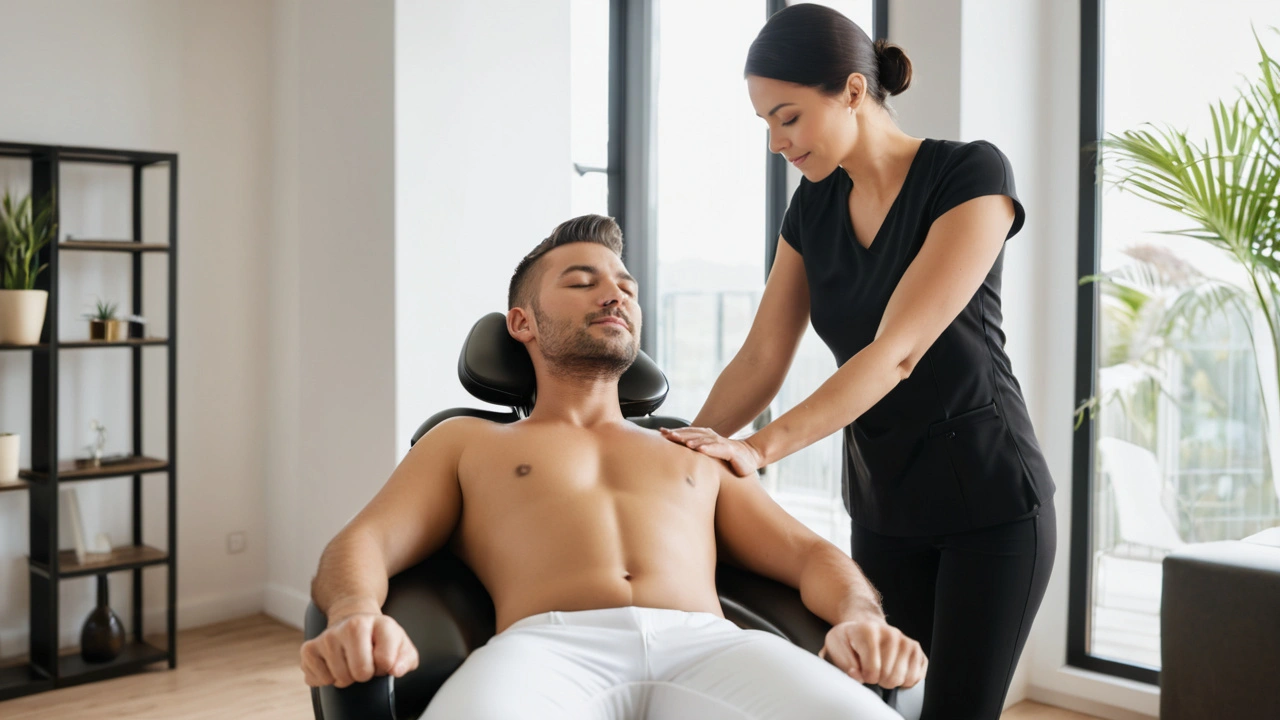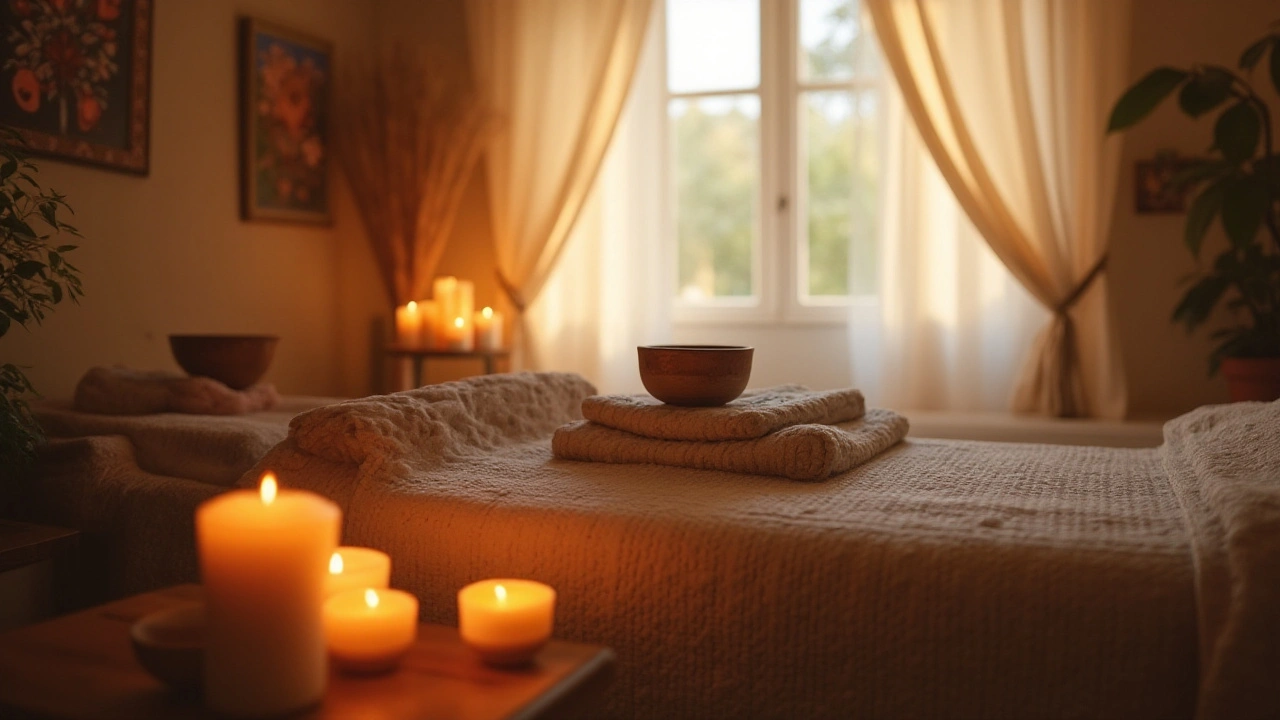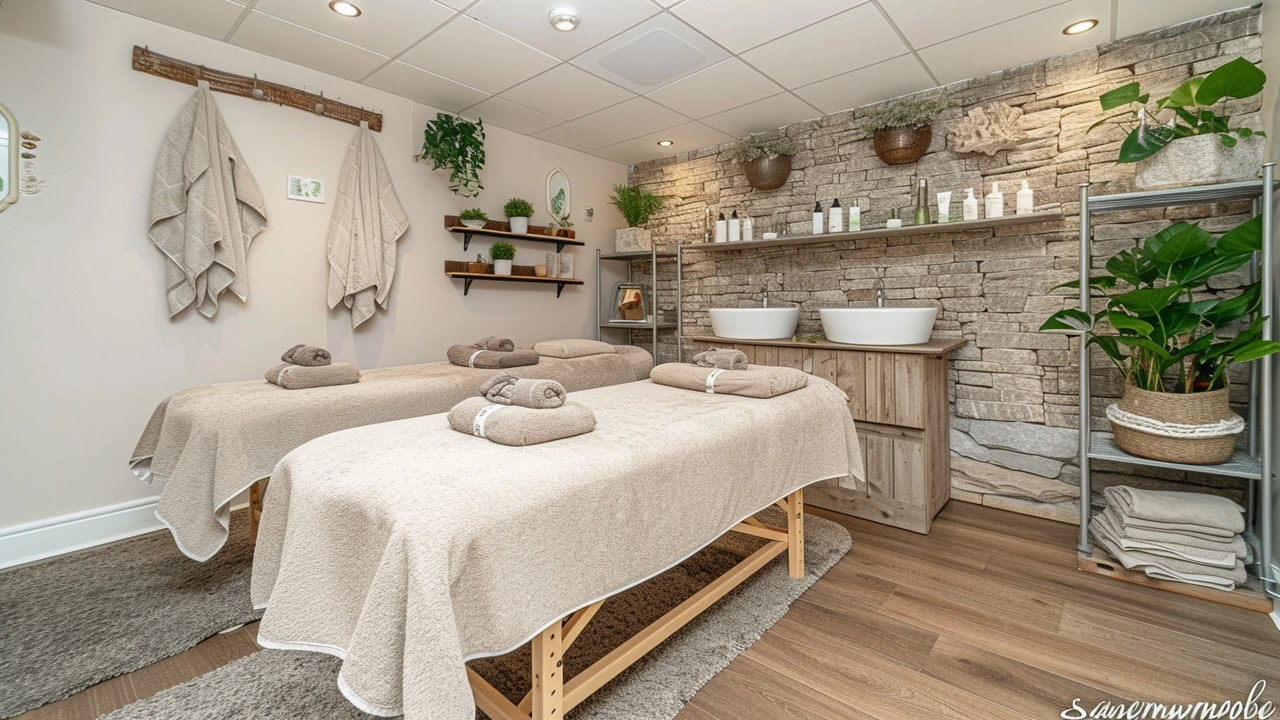Percussion Therapy: What It Is and Why It Works
If you’ve ever tried a handheld massager that buzzes like a power tool, you already know the vibe of percussion therapy. It’s a fast, rhythmic tapping that loosens tight muscles, eases sore spots, and gets blood flowing. The idea is simple: rapid bursts of pressure break down tension the same way a hammer loosens a nail. That’s why athletes, fitness fans, and even people looking for a quick relaxation break love it.
Most devices use a motor to drive a head that oscillates 1,000 to 3,000 times per minute. You can swap heads for different body parts – a round ball for big muscles, a forked tip for spinal work, or a flat pad for flatter surfaces. The intensity is usually adjustable, so you can start gentle and crank it up as your muscles get used to the pressure.
Top Benefits You’ll Notice Quickly
First up, pain relief. The rapid pulses stimulate mechanoreceptors in your skin and muscles, which can mute pain signals before they reach the brain. Users often report a drop in ache after just a few minutes of treatment.
Second, recovery speed. The tapping action pushes fresh blood into the area, delivering oxygen and nutrients that help repair micro‑tears from workouts. If you train hard, a 10‑minute session can cut down soreness the next day.
Third, flexibility boost. By loosening fascia – the thin connective tissue that wraps muscles – you can move more freely. Many dancers and yogis add percussion therapy to their warm‑up routine to get joints ready for stretch.
Finally, stress reduction. The rhythmic buzz triggers the parasympathetic nervous system, the part of your body that calms you down. It’s like a mini‑massage that you can do while watching TV or scrolling your phone.
How to Use Percussion Therapy Safely
Start with low intensity and a short session – 30 seconds to a minute on each spot. Check the skin; if it’s red or bruised, back off. Move the device slowly, never press hard enough to cause pain. If you have an injury, a broken bone, or a condition like deep vein thrombosis, skip it or ask a professional first.
When you’re ready for longer sessions, aim for 5‑10 minutes total, focusing on large muscle groups like quads, calves, back, and shoulders. For a quick relief on a knot, hold the head on that spot for a few seconds, then glide it along the muscle fiber direction. This “glide‑and‑hold” trick helps the pulses reach deeper layers.
Cleaning is easy – wipe the head after each use and keep the device away from water unless it’s rated for wet use. Store it in a cool, dry place to protect the battery.
Choosing the right device is also key. Look for adjustable speed settings, multiple heads, and a comfortable grip. Battery life matters if you plan to take it to the gym or travel. Some models even come with Bluetooth apps that let you set custom rhythms.
In a spa setting, therapists might combine percussion therapy with traditional massage or aromatherapy to enhance the overall experience. The buzz helps unlock deeper layers, making the manual work more effective. If you’re booking an erotic or sensual massage in Prague, you might find a therapist who uses a gentle percussive tool to warm up muscles before the main session.
Bottom line: percussion therapy is a fast, low‑cost way to ease tension, speed up recovery, and feel more relaxed. Whether you buy a handheld unit for home use or try it at a professional studio, the key is to start gentle, listen to your body, and keep the sessions short at first. Give it a try and notice how quickly a few minutes of buzzing can change how your muscles feel.
The Miraculous Effects of Percussion Massage on Body and Mind
Explore how percussion massage releases muscle tension, boosts circulation, reduces stress, and improves sleep, with step-by-step guidance and safety tips.






